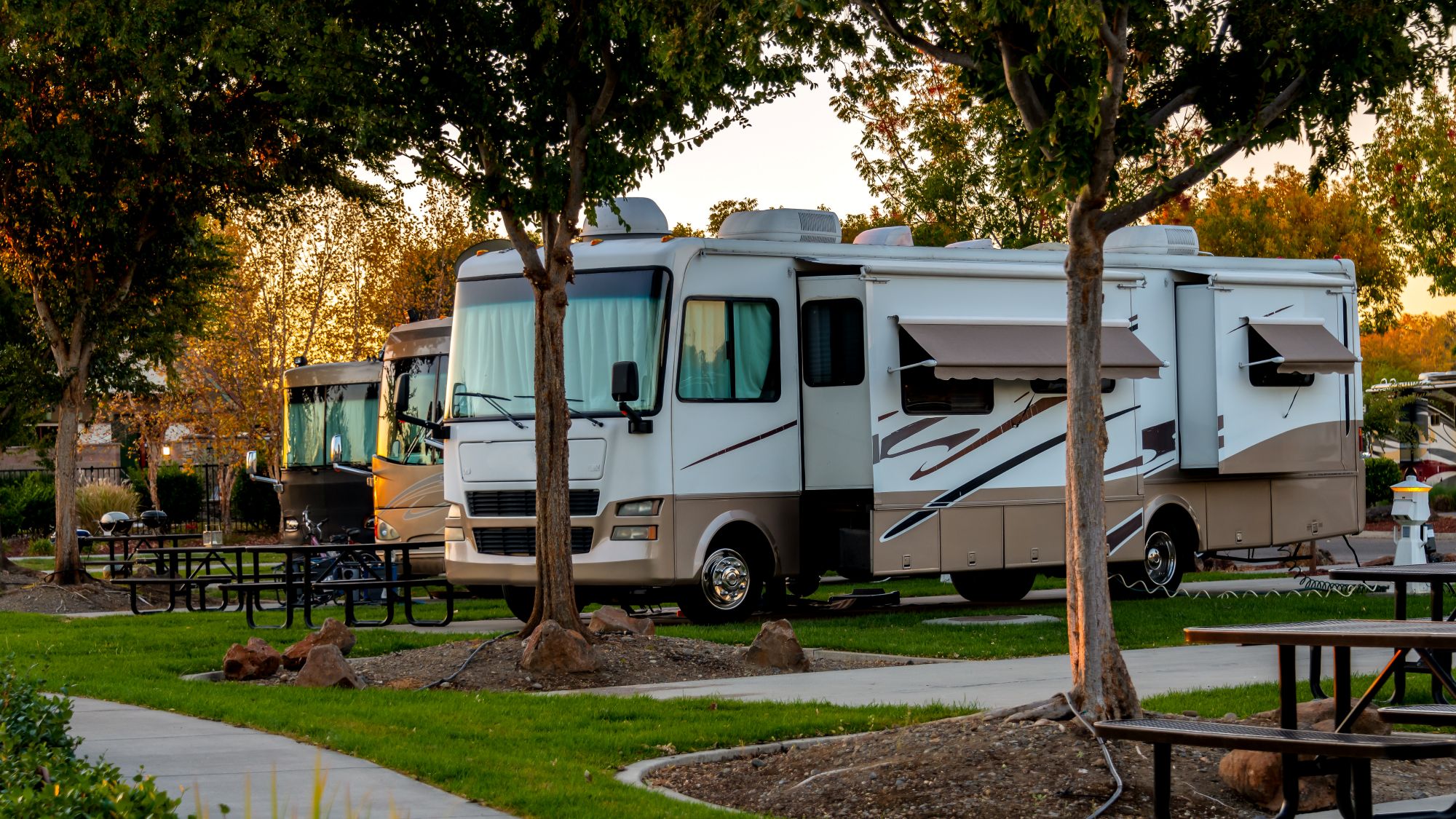
A field guide to higher ADR, smoother arrivals, and five-star reviews – without burning out your team
Peak season doesn’t forgive weak links. It magnifies them. The booking engine hiccup that’s “fine for now,” the pedestal you’ve been meaning to replace, the check-in line that snakes past the camp store – when volume surges, each one compounds into lost revenue, frazzled staff, and lukewarm reviews.
This guide reframes preseason prep from a dusty list into a system you can run every year. We’ll walk through the three levers that decide your season – Revenue, Capacity, Reputation – and give you operator-grade tests, drills, and templates you can implement immediately.
The Operator’s Lens: Three Levers, One Outcome
Before you dive into tasks, zoom out. Every decision you make – pricing a premium pull-through, staffing Friday check-ins, upgrading Wi-Fi – moves one (or more) of three levers. Treat these levers like a control panel for the whole season and you’ll know where to focus first, what to measure, and how to fix bottlenecks fast.
- Revenue (pricing + mix): What you charge, how you yield on high-demand dates, and how effectively you sell the right site to the right rig.
- Capacity (throughput + uptime): How many arrivals you can process per hour, and whether utilities/Wi-Fi/roads stay online under peak load.
- Reputation (experience + recovery): What guests actually feel – and how fast you fix what inevitably goes sideways.
When these three align, occupancy and ADR climb together, staff morale stays intact, and your shoulder nights firm up. When they don’t, you hustle harder for worse results.
1) Revenue: Price Like a Pro, Sell What You Actually Have
Pricing isn’t about guessing a “good number” – it’s about orchestrating demand across site types, dates, and booking windows so your best inventory sells first, your soft nights tighten up, and your team stops discounting at the desk. Before peak season, pressure-test the mechanics behind your numbers so what’s in your PMS matches what guests see (and are happy to pay).
The goal: avoid “average of averages” pricing and build a yield model that respects site type, rig fit, lead time, and demand spikes.
Five preseason revenue tests
- The “Holiday Spine” Test: Are your minimum stays, blackouts, and dynamic rules set for every holiday and local event weekend right now? If you wait until you feel pressure, you’re late.
- Site-Type Spread: Premium pull-throughs and best-located back-ins shouldn’t be within a hair’s breadth of economy pads. Make sure the price gap reflects guest willingness to pay.
- Lead-Time Ladder: Short windows (0–7 days) should step up in price as occupancy rises; long windows reward length of stay.
- Ancillary Clarity: Pet, extra vehicle, early/late check-out – price and disclose clearly online to prevent front-desk debates.
- OTA Parity & Photos: If your OTA listing makes your economy sites look premium, you’ll spend all summer apologizing. Fix the mismatch now.
Playbook move: Do a dummy mobile booking from search → payment → confirmation → pre-arrival SMS. Time it, screenshot friction points, and assign fixes before opening day.
2) Capacity: Throughput Wins (and Prevents Meltdowns)
Volume exposes bottlenecks. The same arrival process that feels “fine” in April can gridlock at 5pm on a peak Friday in season. Capacity isn’t just site count – it’s how quickly you move guests through touchpoints and how reliably your infrastructure stays online when every pad is drawing power and every phone is on Wi-Fi. Tune the machine now so peak days feel routine, not chaotic.
The goal: increase your park’s “arrivals per hour” without sacrificing friendliness, and keep infrastructure online when every site is occupied.
The 60-Minute Arrival Rush Drill
- Stage ten mock arrivals with common edge cases: tow-behind with second vehicle, late check-in, ADA request, length misfit, first-time RVer.
- Time each step: greeting → verification → payment → directions → traffic flow.
- Adjust staffing and lane choreography (who directs, who processes, who handles exceptions).
- Update SOPs and text templates for late arrivals and after-hours troubleshooting.
The Infrastructure Stress Test
- Pedestals: test every 30/50A, GFCI, breaker. Tag, track, and repair defects before day one.
- Water/sewer: pressure-test, flush, and stock incident kits.
- Roads & turning radii: walk (or drive) the big-rig path; fix tight corners and potholes that become 20-minute delays under load.
- Wi-Fi reality check: run a heatmap/speed test at 5–10 representative sites, at 7–9pm. If you can’t stream at peak, guests will tell the internet.
Playbook move: Assign a “Peak Uptime Captain” for utilities/Wi-Fi with a same-day response SLA and spare parts cabinet. Your future self will thank you.
3) Reputation: Design the Experience—and the Recovery
Great parks don’t leave guest sentiment to chance – they script the moments that matter and pre-authorize generosity when things wobble. Think of reputation as an operating system: clear guidance up front, frictionless wayfinding on-site, and swift, human recovery when surprises happen.
The goal: engineer delight where it’s easy, and a fast, generous recovery where it’s not.
Moments to choreograph
- Pre-arrival clarity: SMS the last 5 miles of RV-friendly directions, site map, gate code, and late-arrival process by 10am on arrival day.
- Site fit confidence: Publish photos and specs per site, not just per type. If guests know it fits, they arrive calmer.
- Wayfinding: QR codes for park map, rules, Wi-Fi help, and service requests at the office, bathhouse, and camp store.
The Service-Recovery Ladder
- Acknowledge within minutes.
- Fix or substitute (new site, comp bundle, expedited maintenance).
- Make-good proportionally (store credit, waive fee, future discount).
- Close the loop with a text that invites feedback – not a generic survey.
Playbook move: Hold a 30-minute weekly “Oops Review.” No blame, just pattern spotting. One changed SOP beats ten apologies.
What Most Parks Miss (and How to Fix It)
Even well-run parks have a few blind spots that only reveal themselves under peak load. The fixes aren’t glamorous, but they’re fast, measurable, and usually pay back within weeks. Use this shortlist as a preseason audit – if any item stings, prioritize it now.
1) Pricing inertia. If your rate card looks like last year’s with 3% added, you’re leaving money on the table. Build rules that flex with occupancy and lead time.
2) OTA misalignment. Inventory, photos, and amenities must match your PMS 1:1. Misrepresentation creates refunds, not revenue.
3) The “Friday 5pm” bottleneck. Arrivals slam the desk and the road at once. Staff to the curve, not the average.
4) Wi-Fi wishful thinking. Marketing says “park-wide,” a few sites get it. Audit and either delineate premium zones (and price them) or invest in mesh upgrades.
5) Ghost SOPs. Your procedures live in three brains and a binder. Make them real, train them, and role-play the edge cases.
A Two-Week Preseason Runbook
Great teams don’t wing it – they standardize the first draft and let staff personalize the delivery. Use these as training wheels for new hires and guardrails on busy Fridays. Tweak the brackets, print a one-pager, and role-play until it sounds natural.
Days 1–2: Revenue spine
Rates, rules, LOS, OTA parity, dummy mobile booking. Publish and lock.
Days 3–5: Infrastructure & safety
Pedestal audit, water/sewer, roads, pool permits, extinguishers/AED, evacuation map refresh.
Days 6–8: Team & SOPs
Cross-training matrix, arrival drill, service-recovery ladder, after-hours scripts.
Days 9–11: Guest-facing polish
Deep clean bathhouses, refresh signage, stock the store, QR wayfinding, accessibility audit.
Days 12–14: Launch marketing
Update website photos and event dates, set email cadence, turn on retargeting, confirm Google/association listings, publish 3–5 timely posts aimed at your peak weekends.
Scripts & Templates You Can Steal
Don’t make your team improvise at the busiest moments. Give them a clear first draft they can personalize – fast, friendly, and consistent. Drop these into your PMS/CRM snippets, print a pocket card for seasonal staff, and role-play them during your weekly huddles so they’re second nature when the rush hits.
Late Arrival SMS
“Welcome to [Park]! You’re in Site [###]. If arriving after hours: use gate code [####]. Map: [QR]. Need help? Text ‘LIVE’ for on-duty staff. Safe travels!”
Phone Upsell (when standard back-ins are tight)
“You’ll fit in a standard back-in, but given your length and slides, most guests prefer our pull-through premium for easier setup. It’s $X more and closer to the bathhouse – want me to reserve that for you?”
Overbooking Contingency (rare but real)
“I’m going to upgrade you at no charge to [Premium Type], plus add a $25 store credit for the inconvenience. I’ll text the map and directions now. Thank you for your flexibility.”
Measure What Matters (Simple Dashboard)
Dashboards shouldn’t be decoration – they should provoke action. Keep it tight, review it weekly, and make sure each metric has an owner and a next step when it moves. Start with these signals and expand only if a new metric consistently changes decisions.
- ADR & RevPAR by site type (not just blended)
- Occupancy by day, 30-day look-ahead (catch soft nights early)
- Arrivals per hour (target your choke points)
- Ticket resolution time (utilities/Wi-Fi)
- Review velocity & average (weekly)
If a metric can’t trigger an action, drop it from the dashboard.
Turn the Checklist Into a Culture
A checklist gets you open; a culture keeps you excellent. Run the arrival drill monthly in season. Audit five random pedestals every Friday. Read last week’s reviews out loud on Monday and pick one improvement to ship by Wednesday. That loop – observe → fix → train → repeat – is how the best parks turn peak season from survival into strategy.
Closing Thoughts
Peak season rewards operators who prepare with intent, not intensity. You don’t need heroics – just a repeatable system that turns small, consistent improvements into outsized results. Pick a start date, assign owners for each checklist section, and schedule two quick huddles a week to unblock issues. Track the few metrics that change decisions, celebrate the fixes that move them, and keep iterating.
Print the checklist, walk the park, and run the first drill this week. By the time the rush hits, your rates will be dialed, your lanes choreographed, and your team ready to deliver the kind of stays that earn five stars – and repeat bookings – for seasons to come.






